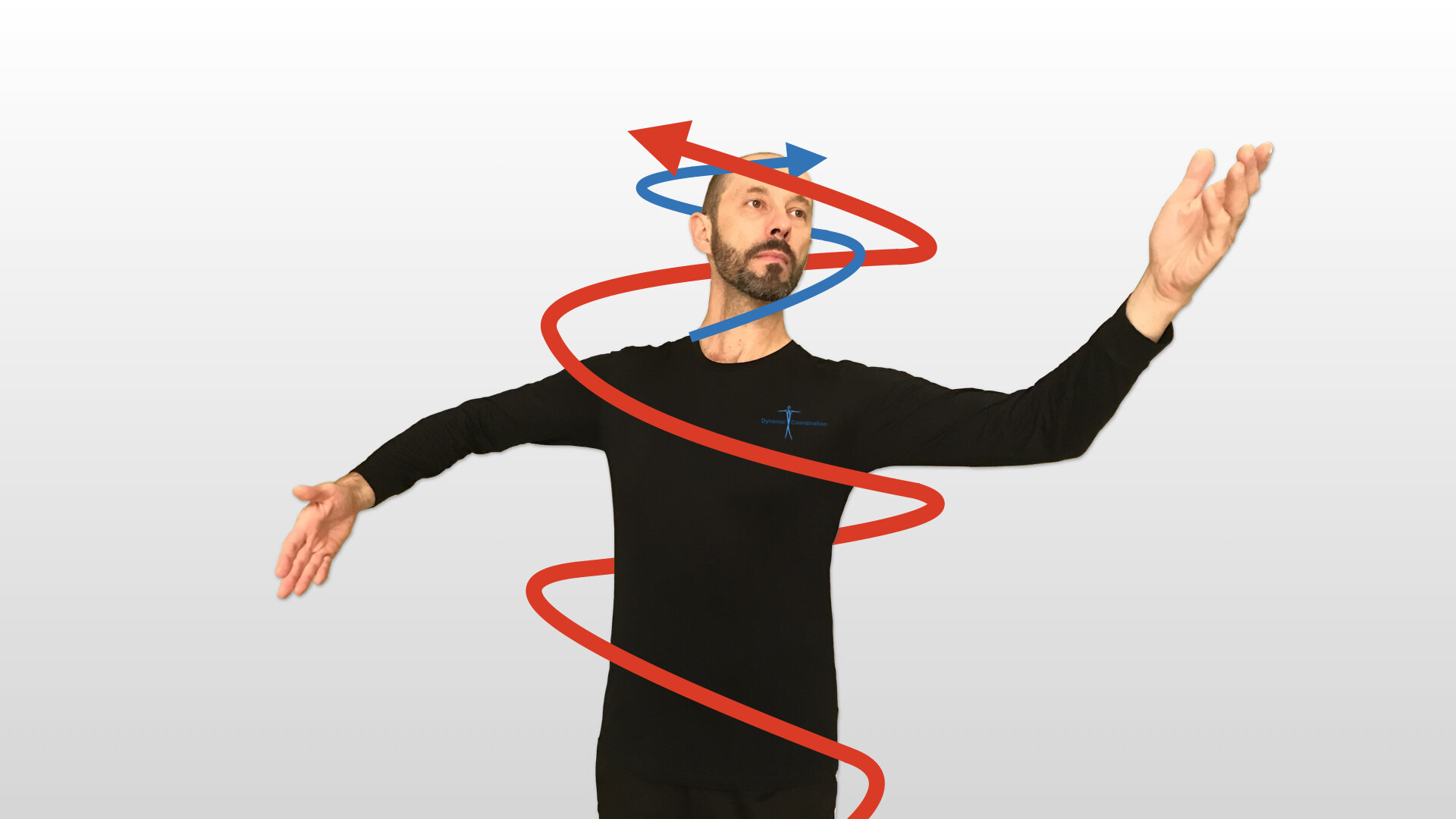All tagged Ballroom Dancing
The spiral arrangement of our musculature gives us the opportunity for a continuous, smooth movement. The opposing spirals give us the stability and support needed to perform many tasks, from walking to complicated dance choreography.
Spiraling is at the core of basic ballroom technique. The idea of Contrary Body Movement (CBM) is basically a spiral. Every turn in ballroom technique is initiated by CBM, or spiral. We will demonstrate this idea by showing parallels between Dart roll on the floor and Double Reverse Spin.
In order to better understand this interplay between different body parts, I will introduce the concept of primary and secondary curves, and demonstrate how viewing the movement through this lens can improve not only posture, but also give dancing power, fluidity, and control.
Posture is not a static position. It is a dynamic, ever changing relationship between body parts during movement. So instead of trying to chase windmills, you would be much better off learning the natural patterns of movement and proper mechanics, and applying them to ballroom technique.
There are many examples where dancers do not take the time to learn and understand the proper use of musculature for demands of their choreography but instead they take shortcuts to just make movements look like what they are supposed to be. With frequent repetition of these mistakes, they overdevelop muscles which were not meant to do the job, and underdevelop the ones that were meant to do it.






